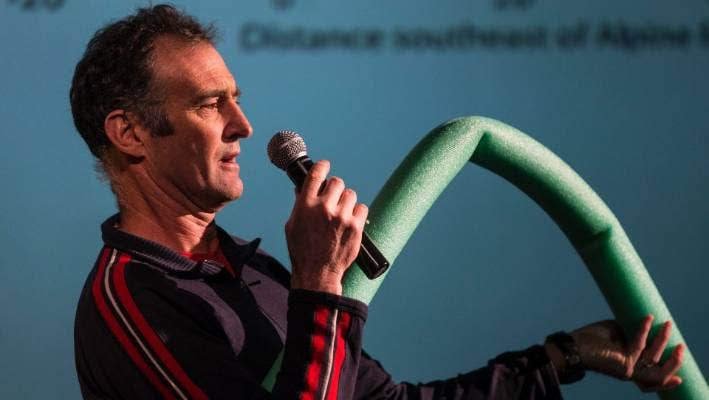Upcoming Webinar: Empirical Geometric Models of Groundwater Inundation as a Consequence of Sea Level Rise
Please join us for a webinar next Thursday (31st March) by Dr Simon Cox, GNS Science Structural Geologist and CEFGroup/ STRAND Marsden Project team member.
- Date and Time: Thursday the 31st of March, 11:00am NZDT
- Presentation Title: Empirical Geometric Models of Groundwater Inundation as a Consequence of Sea Level Rise
- Speaker: Dr Simon Cox
- Livestream via Microsoft Team Meeting: Click HERE
Abstract:
The impacts of sea-level rise include rising shallow groundwater in coastal areas, which produces cascading and cumulative hazards. Subsurface stormwater and wastewater networks are vulnerable and potentially prone to system collapse. Groundwater infiltration reduces network capacity and can result in sewerage overflows, with associated public-health and environmental costs. With large infrastructure redesign/renewals in mind or the possibility of managed retreat, we need to quantify the shallow groundwater hazard to inform and optimise investment decisions throughout New Zealand. Understanding the intensity and spatial reach of hazards, and how various hazards interplay, is becoming an expectation for planning and mitigation. But shallow groundwater is a largely unseen, poorly-understood hazard. A commonly adopted ‘quick’ estimate of the hazard faced by communities is to assume that groundwater levels will equilibrate locally with sea level. Such ‘bathtub’ models can be generated quickly from digital terrain models, using GIS techniques to provide first-order approximations of land elevation relative to sea level. But while useful for non-specific, generalised desktop assessments of regional asset exposure, the approach reflects little of the principles of groundwater systems and the dynamics of subsurface flow.
Groundwater surfaces tend to be gently sloped, rather than flat, with humps, ridges and hollows caused by the natural flow system and hydrogeology, and its interplay with urban development, drainage, stormwater systems and other engineering features. Here the concept of empirical geometric models is introduced to provide a compromise between computationally expensive numerical solutions and the spatial precision required for probabilistic hazard assessment. Empirical geometric models are developed using the observed shape and absolute position of groundwater-surface, assuming it will rise with sea level. As such, the subtle variations in hydraulic gradient and shape of the water table are in future expected to be, on average, the same as at present. By simplifying variables and controlling processes into a single parameter, the geometric models contain implicit assumptions and require many caveats. But incorporating natural observations and variability can be done relatively quickly over wide areas and has the potential to improve both spatial and temporal understanding of shallow coastal groundwater and hazards nationwide.


